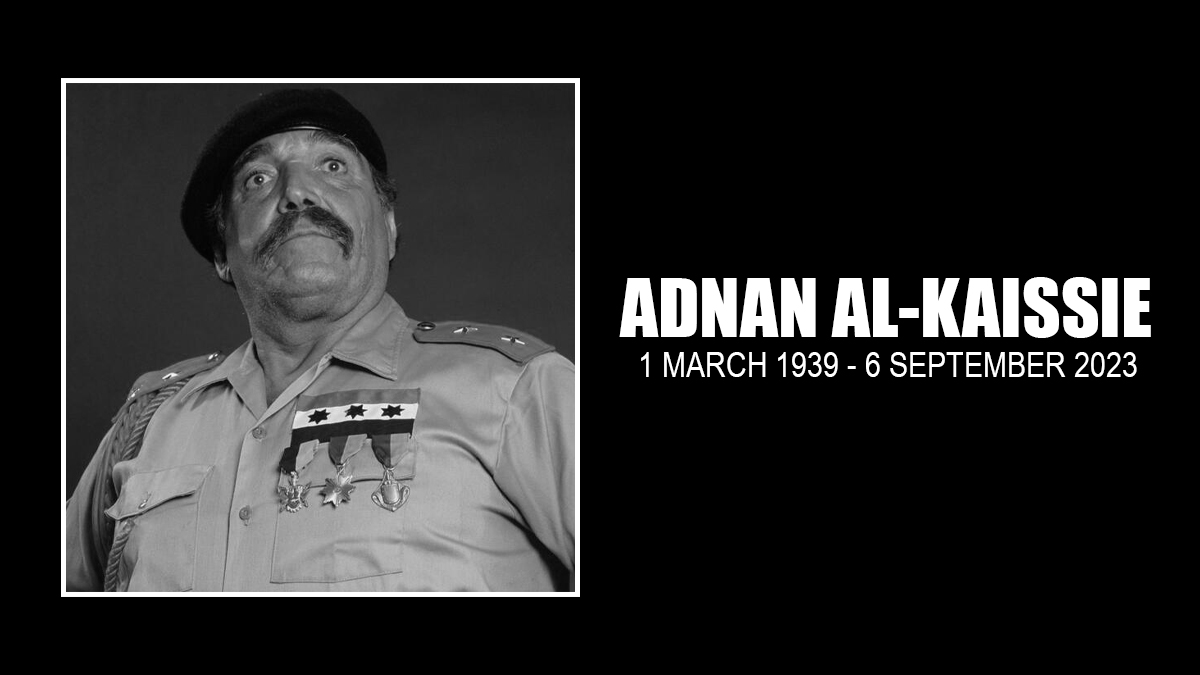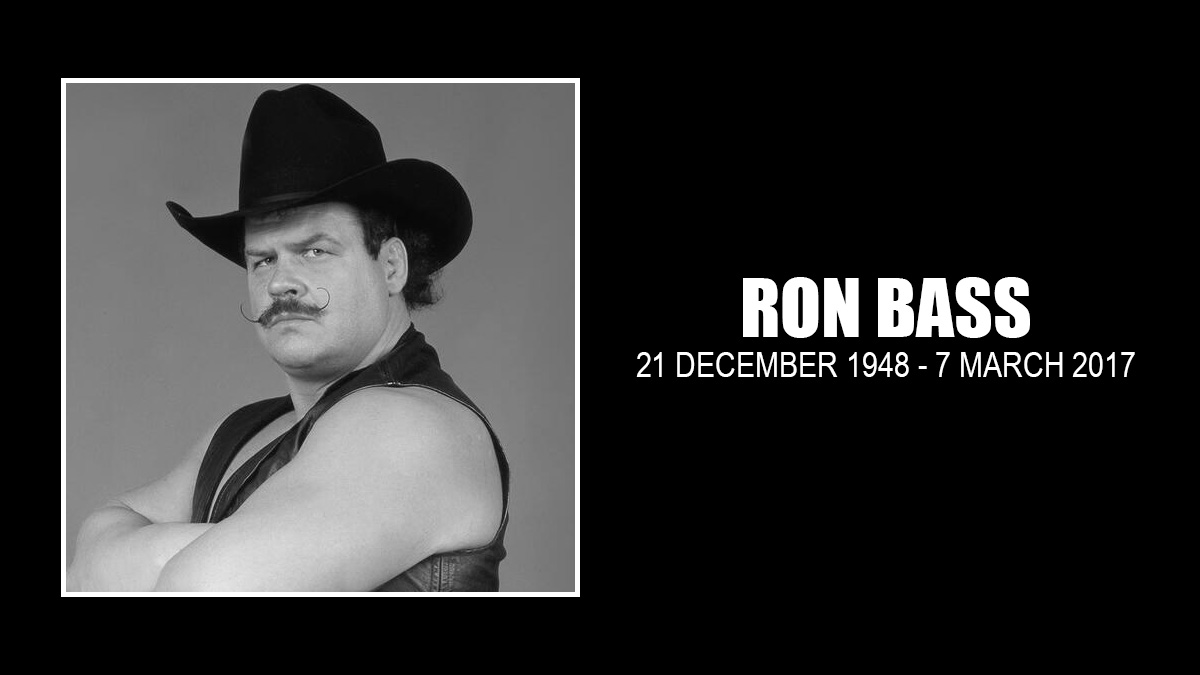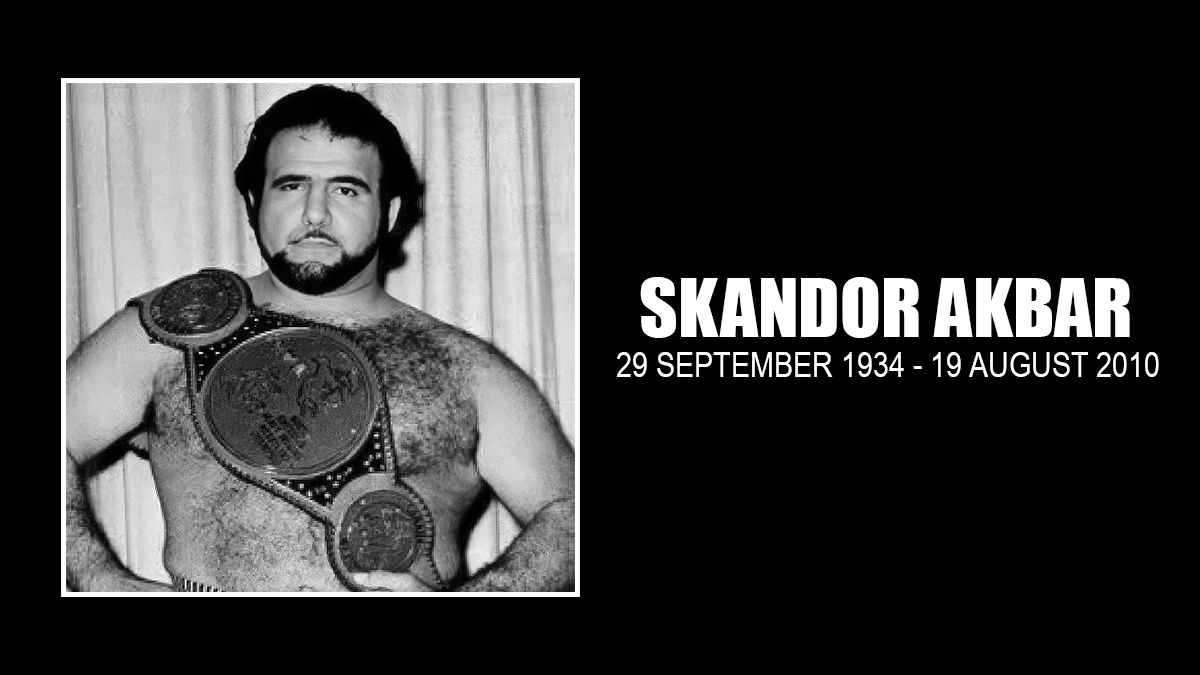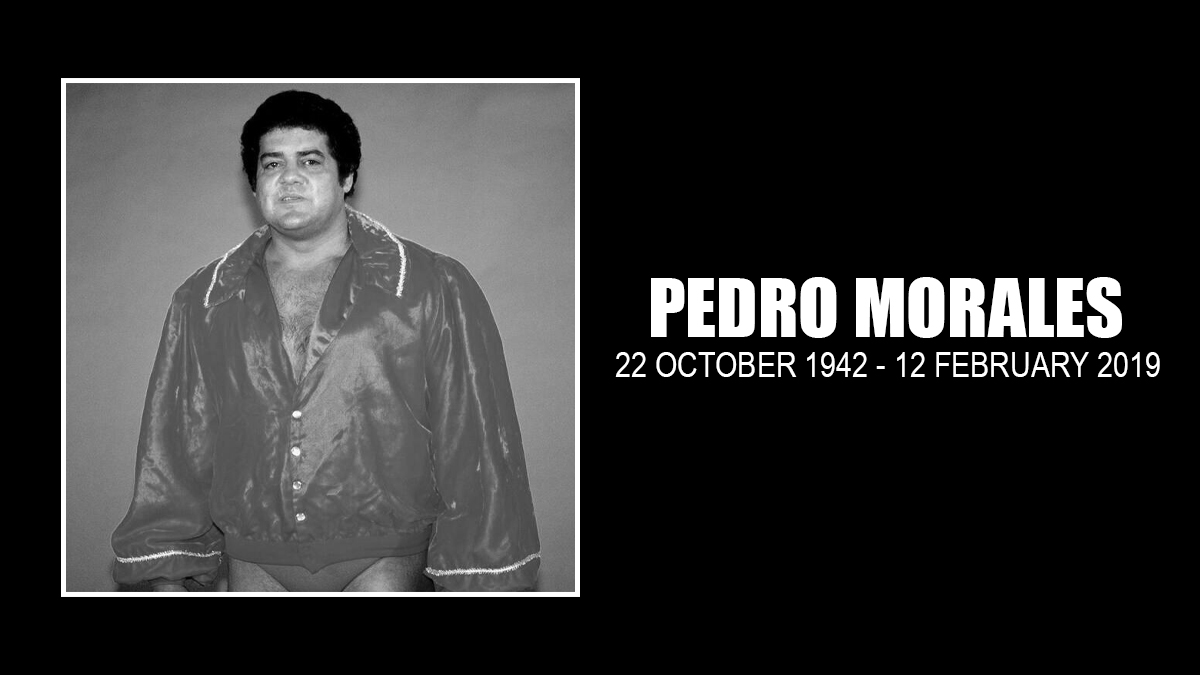Former WWWF World tag team champion Billy White Wolf, who achieved greater fame as the hated villain General Adnan or Shiek Adnan Al-Kaissie, has died he was 84.
The news was broken on September 6 by long-time Minneapolis announcer Mick Karch, who had known Al-Kaissy for decades.
“I am absolutely devastated to announce the passing of my wonderful friend and true wrestling legend, Adnan Al-Kaissie. This one really hurts. Love and blessings to his family and friends. May he rest in peace. I loved this man,” wrote Karch on Facebook.
Al-Kaissie (also spelled Al-Kaissy and Al-Kaissey) had been in poor health for some time.
Born Adnan bin Abdul Kareem Ahmed Alkaissy El Farthie on March 1, 1939, in Baghdad, Iraq, Al-Kaissy lived a truly remarkable life even before he got involved with professional wrestling.
For all the talk of the recent record crowd at the All In AEW pay-per-view at Wembley Stadium, Al-Kaissy performed in front of much larger — undocumented and unticketed crowds of over 100,000 (or maybe 200,000) — in Iraq, against the likes of Bob Roop, Andre the Giant and George Gordienko. [There is a video of a bout against Ian Campbell on YouTube.]
His ties to Iraq ran deep. The son of Iraqi mufti, or Muslim religious leader, Al-Kaissy grew up around the privileged class — and one schoolmate was future Iraqi leader Saddam Hussein, who was a senior in high school when Al-Kaissy was a junior.
When Hussein grabbed power, he arranged for Al-Kaissy to wrestle in huge spectacles in the 1970s, making him the babyface against foreign invaders. The promotional material for his book, The Sheikh of Baghdad: An Iraqi Celebrity Athlete’s Pro Wrestling Adventures said that the the bouts were “like the gladiator matches staged by Roman Caesars” and that “Al-Kaissy became a living legend in Iraq, amassing great wealth and popularity, but he left all of that – and more than $2 million in the bank – when he fled in the middle of the night and bribed his way out of the country.”
Al-Kaissy came to the United States on a scholarship to play football at the University of Houston, but transferred to Oklahoma State where he excelled in amateur wrestling — and would likely have qualified for the 1960 Olympics had he been an American citizen. While competing for the Cowboys, Al-Kaissy was a two-time All-American, finishing fourth nationally in 1958 and 1959, and helped OSU win back-to-back NCAA team championships. He earned degrees from Oklahoma State University and the University of Oregon.
Instead, he turned pro wrestler after being recruited by Oklahoma promoter Leroy McGuirk. He was renamed Billy White Wolf, portraying an Indigenous American. He got early praise from the legendary Lou Thesz in February 1961, who said: “He is the best boy I’ve met in five years and within a year will be a great title contender.”
The amateur side of Al-Kaissy never left, and Hawaiian promoter Ed Francis said that he and Al-Kaissy would go to a prison for wrestling classes. “Billy White Wolf used to go down there with me, and teach the guys wrestling,” said Francis in 2011. “Boy we had some hellish experiences over there.”
King Curtis Iaukea said the “Indian gimmick” worked for Al-Kaissy — at first. “He’s a beautiful man who had a good gimmick,” Iaukea told The Honolulu Advertiser in 2005. “He made money with the gimmick but got his nose fixed. I remember he showed up in Australia once and the promoter was mad because he didn’t look like an Indian anymore.”
As Billy White Wolf, Al-Kaissy held a number of titles, including the WWWF World tag titles with Chief Jay Strongbow, and he was the champion for Jim Barnett in Australia. Once asked who his favorite tag partner was, the usually surly Strongbow (Joe Scarpa) conceded, “Billy White Wolf, I guess.”
In 1981, Al-Kaissy arrived in Verne Gagne‘s AWA, and he’d stay in Minnesota for the rest of his life. Initially, Al-Kaissy was the tag team partner to Jerry Blackwell, who had adopted the ways of the Middle East and became Sheik Ayatollah Jerry Blackwell.
In a Facebook post, Karch recalled a lighter moment in the AWA:
Here’s one of those great memories that only the wrestling business provides. Years ago, Sheik Adnan Al-Kaissy had just defeated his opponent with the use of a ‘foreign object.’ Of course, the referee did not see this vile infraction and the diabolical Sheik, ever the sneaky mat veteran, hid the object in his arm pit. (It was the tried and true angle of the referee then raising the very same arm in victory, only to discover the heinous object tucked away in the arm pit). The problem was that Sheik-skee’s weapon of choice was the cardboard spool from a toilet paper roll, wrapped in tin foil. When the arm went up, the object went down, literally floating to the mat like a leaf in the wind.
Slowed by years of injuries, Al-Kaissy became primarily a manager, seconding Ken Patera and Bruiser Brody and others. He was there as the AWA faded away as a promotion and was out of wrestling for the most part before a surprising return.
In 1991, with the Gulf War in full swing, Al-Kaissy arrived in the WWF as General Adnan, managing Sgt. Slaughter and Col. Mustafa (the Iron Sheik), feuding with Hulk Hogan.
“Vince knew that, and knowing that Sarge was a babyface for so many years, he was going to use him as a villain, but he was not going to get over with the people. The one that was going to get him over was me, being his manager from Baghdad, Iraq,” Al-Kaissy told this writer in 2011.
Dressed in an Iraqi uniform made by his wife, the angle “got over like a sonovabitch. We were the hottest thing that ever walked in the WWF at that time.”
WrestleMania VII didn’t really stand out for Al-Kaissy. “From the time that Sarge and I came in, we started building up the situation about the war … we got hotter and hotter and hotter … by the time that we beat The Ultimate Warrior for the championship belt … by the time we got to Hulk Hogan in California to wrestle for the championship match, we were on top already. … I didn’t think we could get any higher.”
There were so many angles, Al-Kaissy excitedly listed a few he remembered: “So many things we had to do. We burned Hulk Hogan’s picture, we burned the flag of the United States of America, we threw some fire in Hulk Hogan’s face and burned him, this and that.”
Sorry To Hear The Passing of Adnan Al-Kassie😔In 1991 @WWE Asked Me To Portray An Iraqi Sympathizer💪🏻Adnan Being Born In Baghdad & A HS Friend of Saddam Hussein, Was Brought In As My General🫡Together We Became The Most Evil Force🔥In Wrestling History🫵🏻R.I.P. My Friend🙏🏻 pic.twitter.com/2rqRekKRJe
— SGT SLAUGHTER (@_SgtSlaughter) September 6, 2023
When that run ended, General Adnan was pretty well off the mainstream circuit, though he was in the short-lived American Wrestling Federation promotion.
He promoted shows for a time as well, though a partnership with Ken Patera turned sour. “I got the Sheik and Patera together, they didn’t really get along all that well. They kind of formed an alliance here, and they were putting on these wrestling matches,” said long-time Minnesota figure Ky Michaelson, who helped edit videos for the promotion. A noted inventor and stuntman, Michaelson noted he also gimmicked Al-Kaissy’s sword so it could shoot fire.
In retirement, Al-Kaissy was heavily involved with the Hopkins Lions Club, and often attended fundraisers in full Sheik garb, selling hot dogs.
Honors include his 2020 induction into the George Tragos/Lou Thesz Professional Wrestling Hall of Fame.
Al-Kaissy and his wife had four children.




